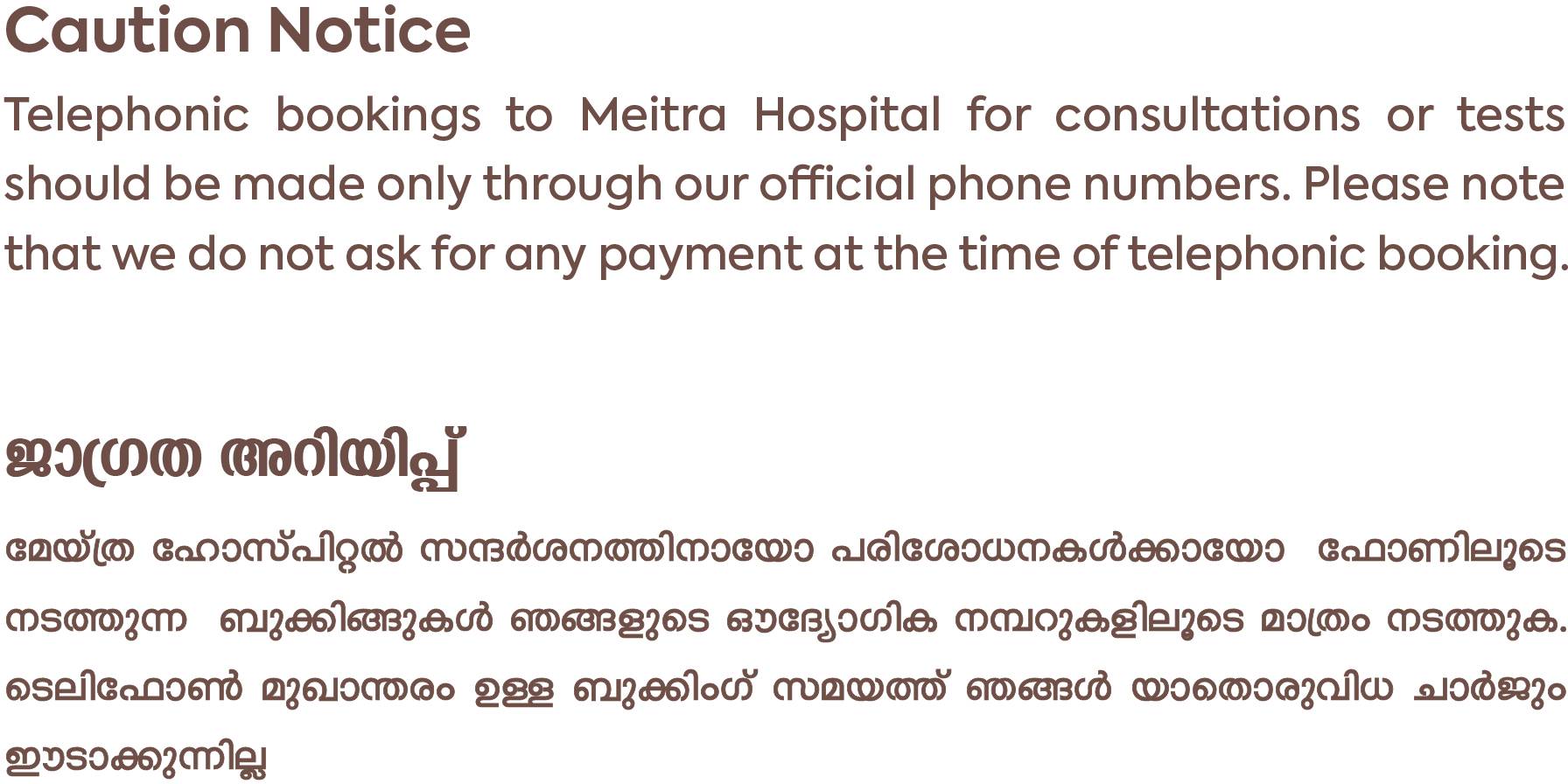- Our Doctors
- Our Specialities
Centres of Excellence
-
 Centre for Blood Diseases, BMT & Cancer Immunotherapy
Centre for Blood Diseases, BMT & Cancer Immunotherapy -
 Centre for Bone, Joint & Spine
Centre for Bone, Joint & Spine -
 Centre for Critical Care Medicine and ECMO Services
Centre for Critical Care Medicine and ECMO Services -
 Centre for Gastrosciences
Centre for Gastrosciences -
 Centre for Heart & Vascular Care
Centre for Heart & Vascular Care -
 Centre for Nephro-Urosciences
Centre for Nephro-Urosciences -
 Centre for Neurosciences
Centre for Neurosciences -
 Centre for Obstetrics and Gynaecology
Centre for Obstetrics and Gynaecology -
 Centre for Organ Transplantation
Centre for Organ Transplantation
Super Speciality
-
 Advanced Diagnostic and Interventional Radiology
Advanced Diagnostic and Interventional Radiology -
 Anesthesiology & Pain Management
Anesthesiology & Pain Management -
 Clinical Nutrition and Dietetics
Clinical Nutrition and Dietetics -
 Dental and Maxillofacial Surgery
Dental and Maxillofacial Surgery -
 Dermatology
Dermatology -
 Emergency and Trauma
Emergency and Trauma -
 Endocrinology and Metabolic Disease
Endocrinology and Metabolic Disease -
 ENT and Head & Neck Surgery
ENT and Head & Neck Surgery -
 Family Medicine
Family Medicine -
 General and Laparoscopic Surgery
General and Laparoscopic Surgery -
 General Medicine
General Medicine -
 Laboratory Medicine
Laboratory Medicine
-
- Key Procedures
- Our Hospitals
- International Patient
- Contact us
-
Quick Links
Blogs

Transcatheter Aortic Valve Replacement (TAVR)
TAVR valve with delivery catheter
When we think about the treatment of valvular heart disease, till recently, there were no options other than open surgery for replacement or repair of the valve. We had conquered ischaemic heart disease, i.e, blocked blood vessels to the heart long back; with keyhole surgery called angioplasty celebrating its 40th anniversary this year, catheter-based treatment for these valve patients was long overdue. And now it’s a reality.
Transcatheter Aortic Valve replacement or Implantation (TAVR or TAVI) involves passing a valve loaded onto a catheter through the groin artery and delivering it in the correct position in the heart. The major challenges are identifying the high-risk patients who are the right candidates for this treatment, assessing the patient to minimise risk, selecting the right valve type and size, perfect positioning and deployment of the valve, and identifying and treating complications, if any.
At Meitra, all these are taken care of by the well-experienced heart team – from planning every step of the procedure beforehand to precision delivery of the valve with the use of a robotic cath-lab. At present, only patients who are considered too high risk for open surgery are undergoing this treatment worldwide. In near future, as experience with the procedure grows, TAVR could be offered to a lot more patients with a wider variety of valvular anatomies and risk profiles.
That day is not far when all valvular heart diseases can be treated with a catheter-based approach.
Latest Posts
-
 Awake Craniotomy Jul 12, 2022
Awake Craniotomy Jul 12, 2022 -
 Curing Constipation Jul 12, 2022
Curing Constipation Jul 12, 2022 -
 The ‘Gut Health’ Buzz Jul 12, 2022
The ‘Gut Health’ Buzz Jul 12, 2022 -
 Tips to Prevent UTI Jul 12, 2022
Tips to Prevent UTI Jul 12, 2022
Categories
- Clinical Nutrition and Dietetics
- Endocrinology and Metabolic Disease
- General and Laparoscopic Surgery
- General Medicine
- Physical Medicine and Rehabilitation
- Psychiatry
- Centre for Heart & Vascular Care
- Centre for Bone, Joint & Spine
- Centre for Neurosciences
- Centre for Gastrosciences
- Centre for Nephro-Urosciences
- Centre for Blood Diseases, BMT & Cancer Immunotherapy
- Centre for Obstetrics and Gynaecology

 +91 9393 108 108
+91 9393 108 108














































